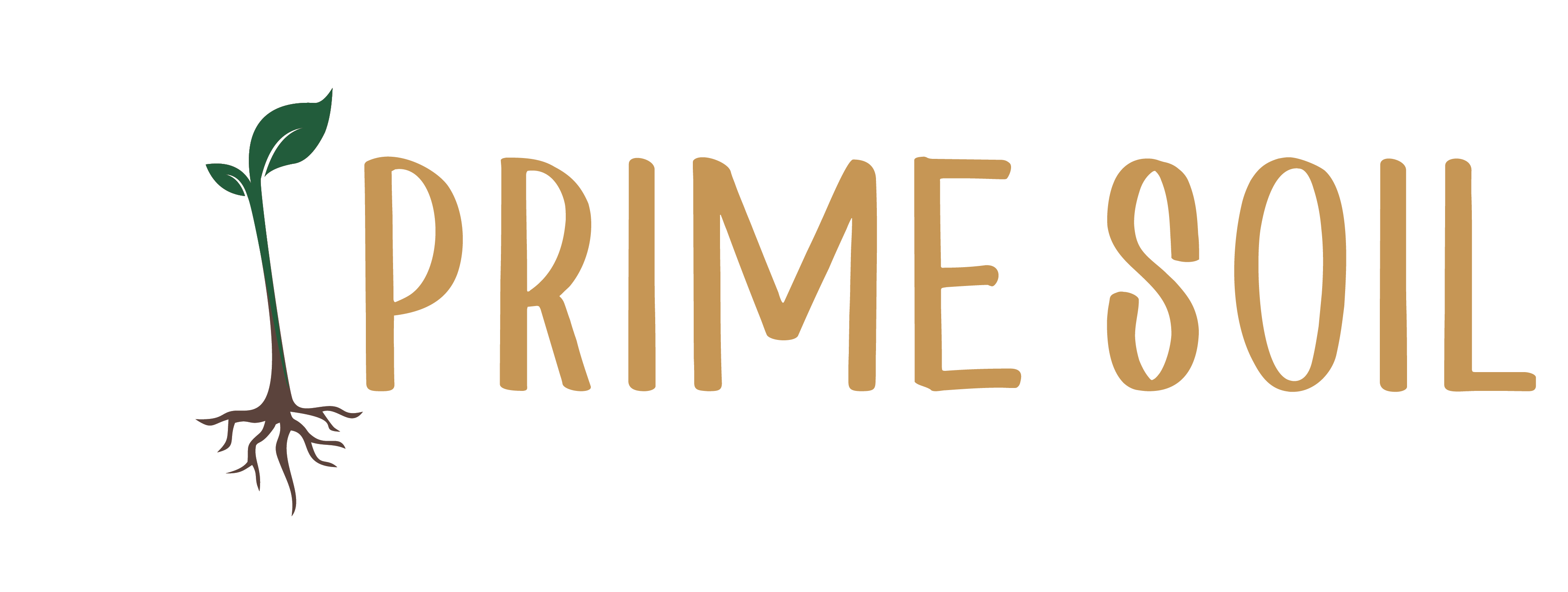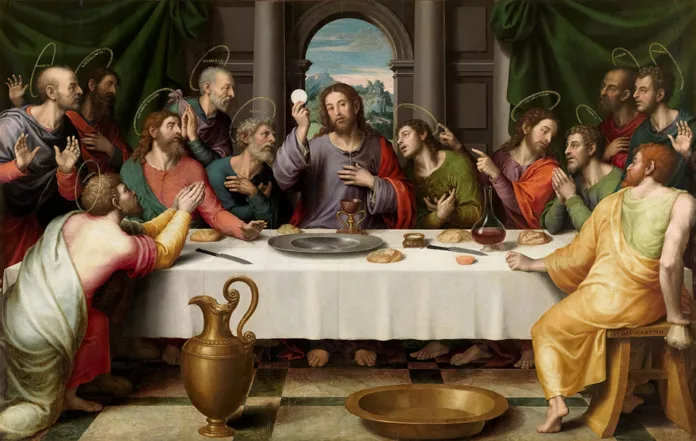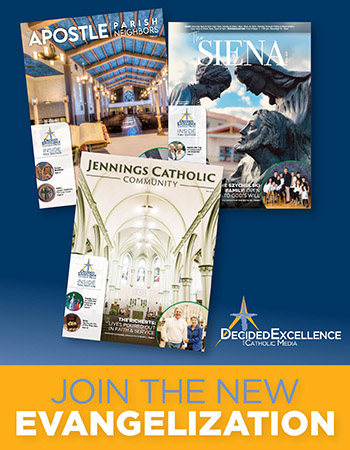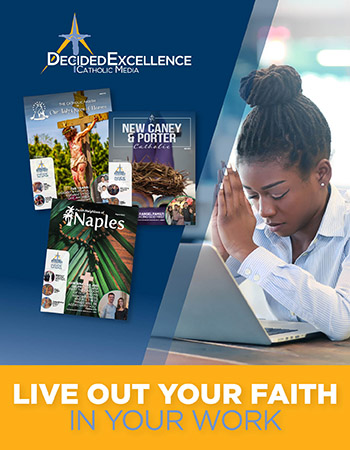Jesus’ words and actions during his ministry to the children of Israel were revolutionary. He called for all people to love their enemies, accept persecution in His name, and forsake all material attachments for the sake of the Kingdom of God. Jesus not only addressed the people’s spiritual needs, but came as a physical healer as well. The blind regained their sight, the lame walked, lepers were cleansed, the deaf could hear, the dead were raised, the poor had the good news proclaimed to them (Isaiah 35:5). Yet, all of these actions and instructions were just the foretaste of Jesus’ greatest act of love, His passion, death, and resurrection.
To accomplish all of this, Jesus knew that there would need to be a bloody sacrifice of His body, which had been foreshadowed in Jewish worship since the Passover. Unlike the yearly celebration of the Passover, the bloody sacrifice would only need to occur once. This meant that for the sacrifice to be available for future generations to share in, it needed to be remembered and made present to all believers in all time periods. There also needed to be a way to signal to all people that the bloody sacrifice of Jesus was not an execution, but in fact a willing sacrifice by Jesus who has the power to lay down His life and take it up again (John 10:18). This is why the night before He died, Jesus celebrated the Passover meal as His last with His Apostles before His death.
In an upper room in Jerusalem, Jesus sat down with the twelve. He took the bread, said the blessing, broke it, and gave it to the Apostles saying, ‘Take and eat, this is my body.’ Likewise He took a cup, gave thanks, and gave it to them, saying, ‘Drink from it, all of you, for this is my blood of the covenant, which will be shed on behalf of many for the forgiveness of sins (Matthew 26:26). He then instructed them to do this in remembrance of Him (Luke 22:19).
Jesus is aware that He is in the last moments of His earthly life. Because of this, we can be confident that He is using precise language. In no way does He allude to metaphorical meanings. This IS my Body…..This IS my blood of the covenant. Hearing these words along with the Bread of Life discourse ****( the bread of life discourse…) in which He proclaimed that we must eat His flesh to have life would have left little doubt in the Apostles’ hearts that Jesus means what He says in the institution of the Eucharist. The Man they proclaimed as the Messiah had done countless miracles in front of their eyes. It would have been easy to believe that the Son of God who raised the dead and made the blind see could make bread and wine His Body and Blood, especially when He explicitly states this. Jesus is establishing a new covenant. One that would fulfill all of the previous covenants made between God and the Israelites, and invite all nations into this covenant.
In the past, when God made covenants with Adam, Noah, Abraham, Moses, and David, God promised to provide for His people and lavish them with undeserved material security if they remained faithful to Him. In addition, with every covenant that was made after the fall of humanity (everyone except Adam) a blood sacrifice of an animal ratified each of the covenants. From Adam to David, each covenant would be broken by human sinfulness, and the Israelites would lose their material security. Yet, God remained faithful to His people and continuously offered them mercy and redemption. When Jesus proclaimed the bread and wine as His Body and Blood at the Last Supper, He was instituting a new Covenant. This covenant would be ratified by Jesus’ blood and would not be broken because of Jesus’ obedience to the will of the Father. Instead of material security, Jesus offers spiritual security of His inheritance as the Son of God, Second Person of the Trinity, and the promise of future material security in the new heavens and new earth. For those who receive Jesus, we have His peace even in the face of persecution.
In establishing His Body and Blood in the Eucharist, Jesus is also signaling to His followers that His death at the hands of the Jews and Romans was not an execution, but rather a willing sacrifice. Crucifixion was an embarrassing and agonizing form of punishment. Without Jesus’ words at the Last Supper, it would have been hard for the followers of Jesus to understand that His death was not only intentional and necessary, but a sign of the new covenant. Rather than being known as crucified criminal by His followers after His death, Jesus is seen as both high priest and victim. The Apostles taught that His bloody sacrifice ratified the new covenant that He established which allows for all of those who partake in His Body and Blood to be adopted into the new covenant in the person of Jesus. Consequently, the true presence of Jesus in the Eucharist is the cornerstone of Christian worship because all who partook in the remembrance of the Last Supper entered into the new covenant in His Body and Blood.
But this covenantal meal is not just to be in that upper room with His twelve Apostles, or even just the early church. His command of celebrating the Eucharist after He is gone meant that Jesus wants His followers in all places throughout the generations to participate in the new covenant. At each mass, through the priest or bishop celebrating who has been given the power of the Holy Spirit that has been passed down generations from the Apostles through the laying on of hands, Jesus is sacramentally made present on the altar in the form of bread and wine. Because the priest or bishop speaks the words of Jesus in the power of the Holy Spirit and not their own, the presence of Jesus is not symbolic, it is actual. Thus, the new covenant is accessible in every mass.
After the reception of the Eucharist at the mass, all believers are sent out. We are sent to be humble servants of all and to love one another. The Eucharist becomes the source of that love for we could not truly love on our own without God in us who is Love. Whenever we return each week (or each day) to the mass, the Eucharist is our summit or culmination of our Love for the week (or day). All of our actions of love are to flow from our last reception of the Eucharist and be given as the offering in our next reception of the Eucharist. In doing so, we enter into the new covenant, which is an eternity of God’s love shown in the fullness of time in Jesus’ passion and death on the cross. The Last supper is not just a friendly ritual. It is an eternal covenant that opens the door to eternal life with the Father.






